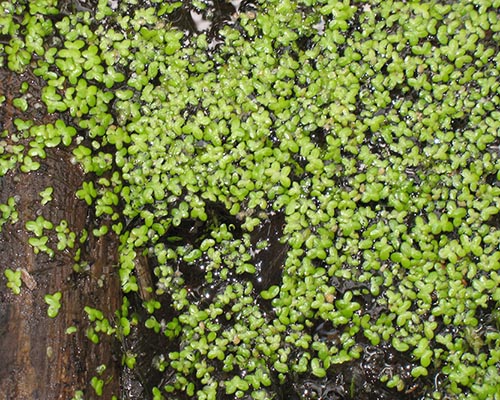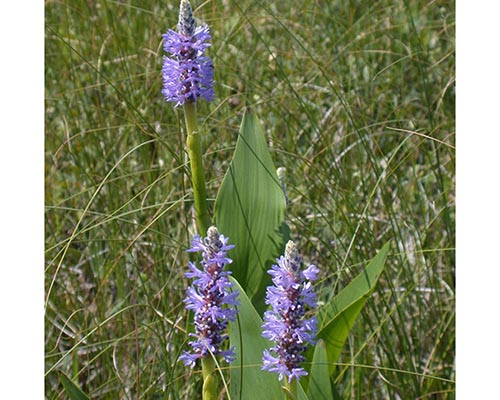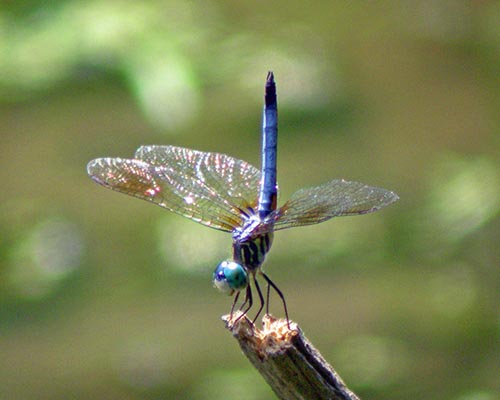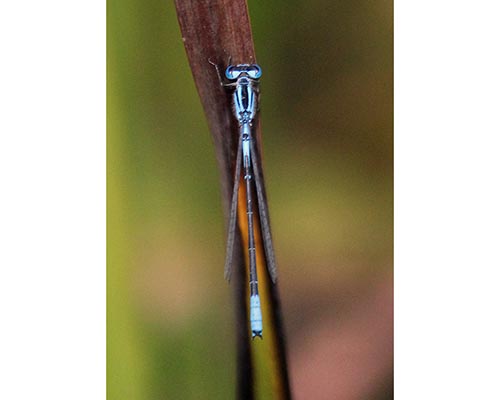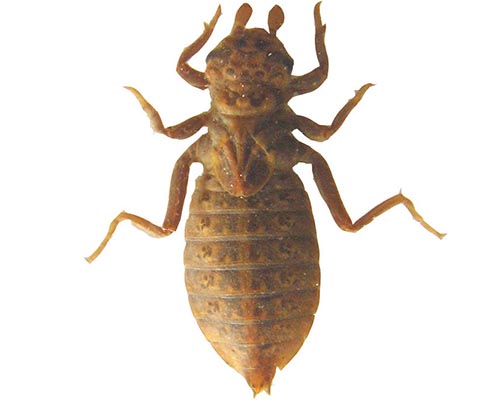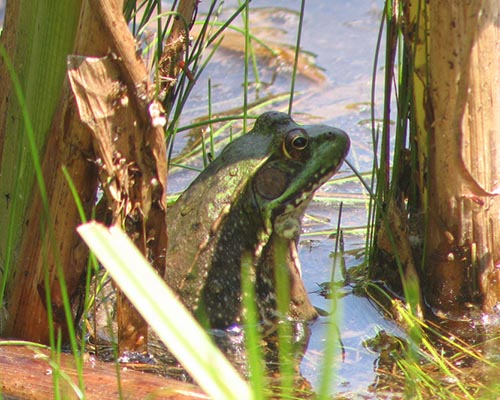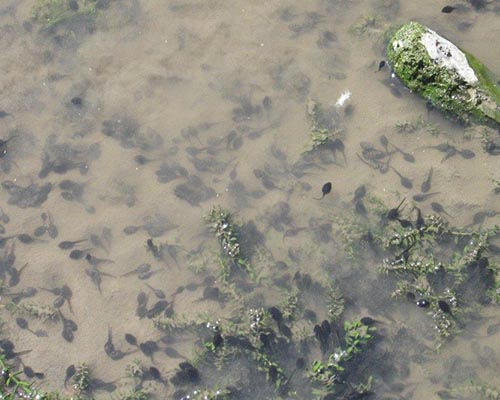An ecosystem is an environment that includes soil, water, air, nutrients, sunlight, climate plus all of the organisms that live in that environment. An ecosystem is about interactions. The organisms in an ecosystem interact with each other and with the environment they inhabit.
This aquatic ecosystem is teeming with forms of life that you would not find in the forest ecosystem. The plants, animals, fungi and bacteria are different here. Water is at the heart of life. In ecosystems without much water, life is adapted to hoard it and conserve it. In aquatic ecosystems, life is released from that constraint. Charles Darwin hypothesized that life might have begun in a “warm little pond”, because the availability of water, light and nutrients would have provided optimal conditions for life to emerge from a soup of non-living chemicals. We may never know for sure how life on Earth began, but Darwin’s hypothesis is still plausible to scientists today.
Duckweed or lemna (Lemna minor) grows on the water surface with its roots dangling below. It can be a weed that clogs waterways, but its rapid growth can make it useful. It is farmed to produce animal feed, and it is an important food source for fish and birds. It is also useful for bioremediation; it rapidly takes pollutants into its tissues, then harvesting it leaves cleaner water behind.
Pickerel weed (Pontederia cordata) is another common aquatic plant that grows in ponds and on lake margins. It prefers flooded areas and has specialized tissues that transport air to its roots underwater. Its purple flowers bloom in late summer.
Dragonflies are common near aquatic ecosystems. They are aerial acrobats, able to hover and fly backwards, and they use these skills to hunt other insects. They are among the fastest-flying insects in the world, and can easily catch flies, bees, wasps, and even butterflies in mid-air. The green darner (Anax junius) has a migratory population that flies to Texas and Mexico for the winter.
Damselflies are closely related to dragonflies, but they are usually smaller and daintier. They rest with their wings held along their body, instead of straight out as dragonflies do. They are also insect-eating predators, so be nice to them, but they are less impressive fliers than dragonflies. The eastern forktail (Ischnura verticalis) is one of the most common damselflies here.
Damselflies and dragonflies have aquatic larvae called nymphs or naiads (nymph for dragonfly, left). These larvae are also fearsome predators, with extendable mouthparts that can skewer prey from a distance. The nymphs of some species are sensitive indicators of water quality issues such as pollution or acidity.
Frogs such as the green frog (Lithobates clamitans) and the bullfrog (L. catesbeianus) are amphibians commonly found in ponds here. The skin folds on both sides of the green frog’s back distinguish it from the bullfrog. The call of the green frog, usually heard during the day, sounds like a double plucked banjo string, whereas the call of the bullfrog, common at night, sounds like the roar of a bull (whence its name). Both species use ponds for breeding and shelter, laying rafts of eggs in the water that develop into tadpoles. These two species can overwinter as tadpoles and adults in sediments at the pond’s bottom.

